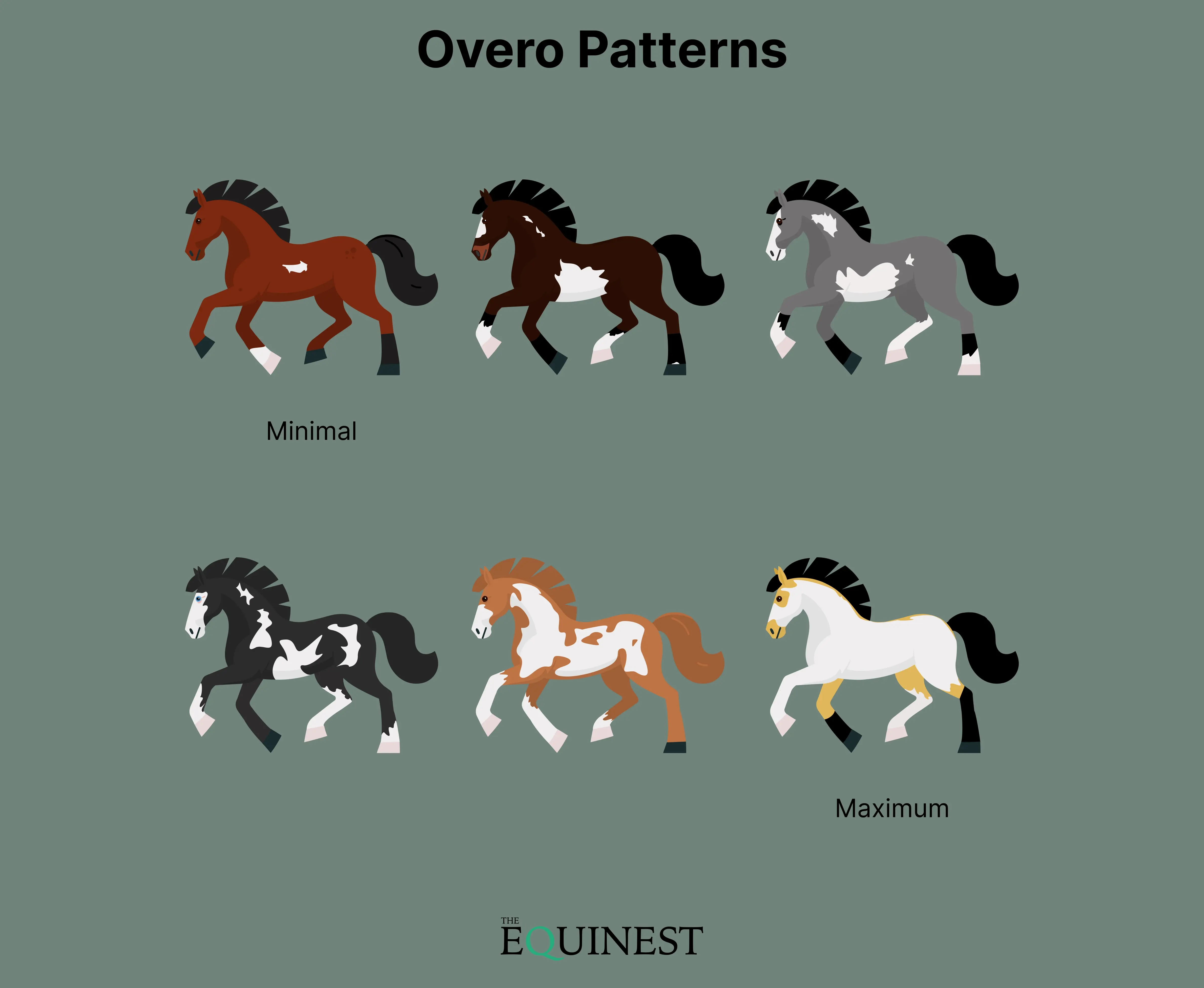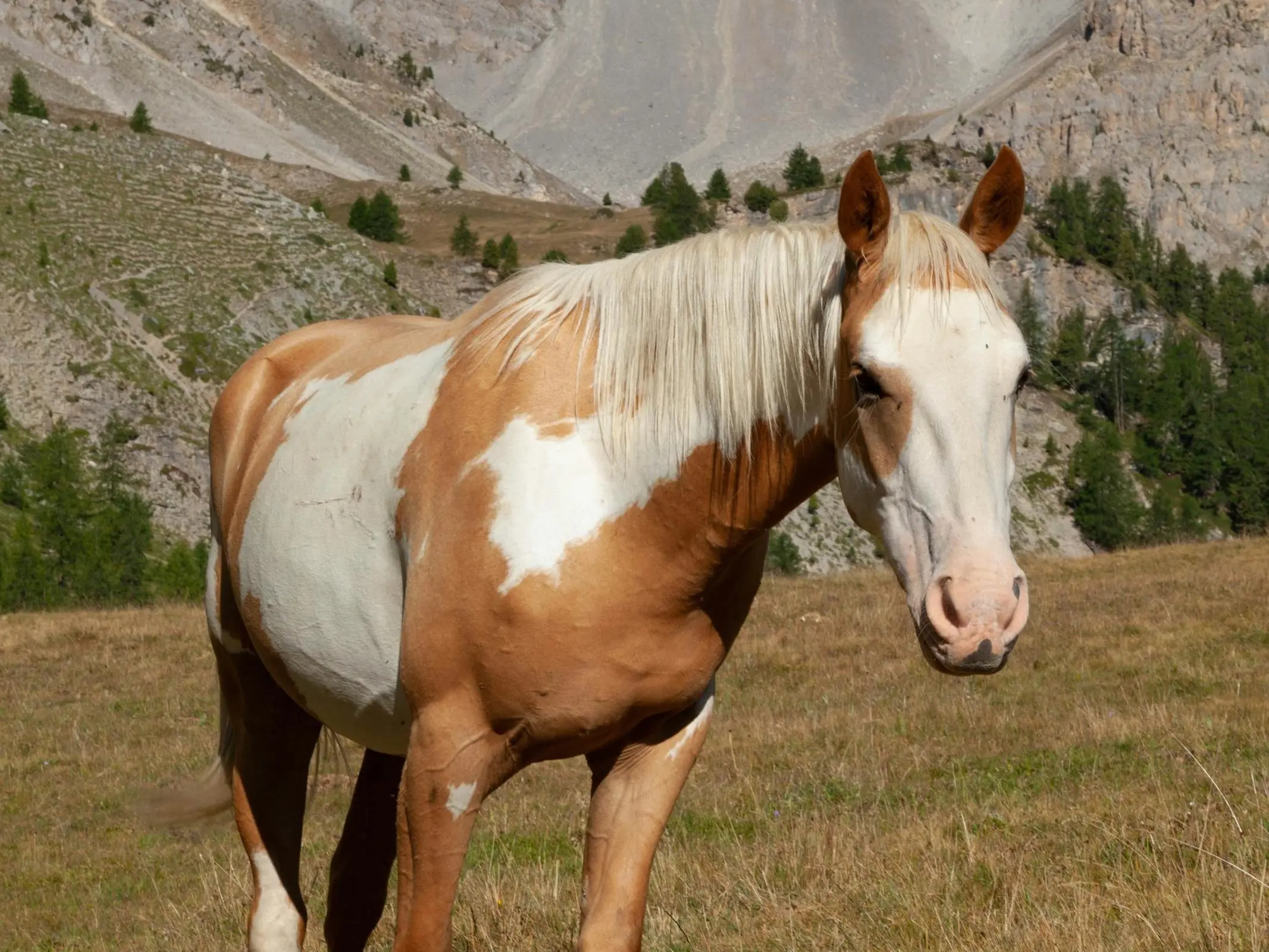
Today we are taking a look at overo frame pinto patterns. Named so because their white spots are framed by base color along the topline and legs. This is the only pinto pattern that can have four solid colored legs.
Updated Colors
We’ve been giving our colors section a major overhaul, to make the information more accurate and provide better images. Equine color genetics are incredibly complex and some of it still remains a mystery, even for geneticists. We think that is part of the fun. Most of the horse colors and patterns can be broken down in a post, but pinto and appaloosa patterns are vast and distinct enough to warrant a closer look.
Pinto Terminology
Paints and pinto terminology can be confusing, but it’s fairly clearly defined. Pinto is the name used to describe a group of similar equine white patterns. Paint is the name used to describe animals with Thoroughbred or Quarter Horse bloodlines that are registered with the Paint Horse Registry. All Paints are pintos, but they must have specific breed genetics as well.
Color Confusion
With so many patterns it’s no surprise that there is confusing terms for them, this one concerns base color and words used to describe them when affected by pinto patterns. These are older terms and not as often used in the 21st century. With the modern understanding of pinto genetics, there are generally more accurate ways of categorizing them.
The Dangerous Pattern
Overo has the distinction of being the first white spotting pattern to have its genetic cause discovered in horses. While this pattern has quite a wide variety, from animals with only white face markings to almost pure white coats. When maximally expressed it is also called Lethal white overo (LWO) and may be what is considered an albino in horses. Animals with two copies of the overo gene will be born white, but due to intestinal tract abnormalities don’t survive beyond a few (awful) days. At the other end of the spectrum, overo breeders also have to concern themselves with colored foals that show no spotting. Overo spotting patterns are difficult to breed for.
Overo Characteristics
Let’s face it, visually telling pintos patterns apart is not easy, however there are a few key ways to distinguish an overo from the other patterns. It should be noted that one geneticist mentioned overo patterns not typically having white on their lower legs, so it could indicate another pattern at work.
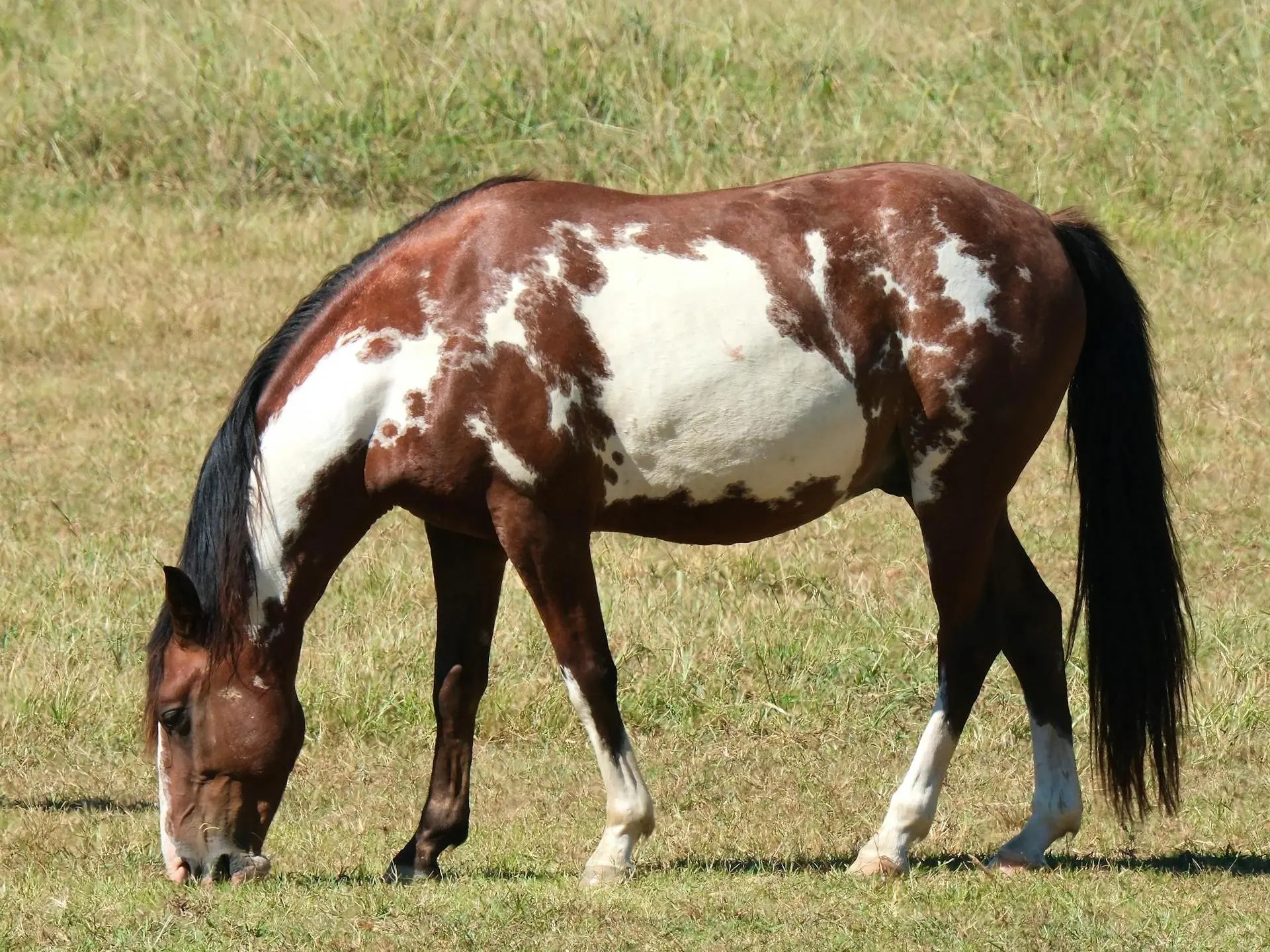
At least one solid leg
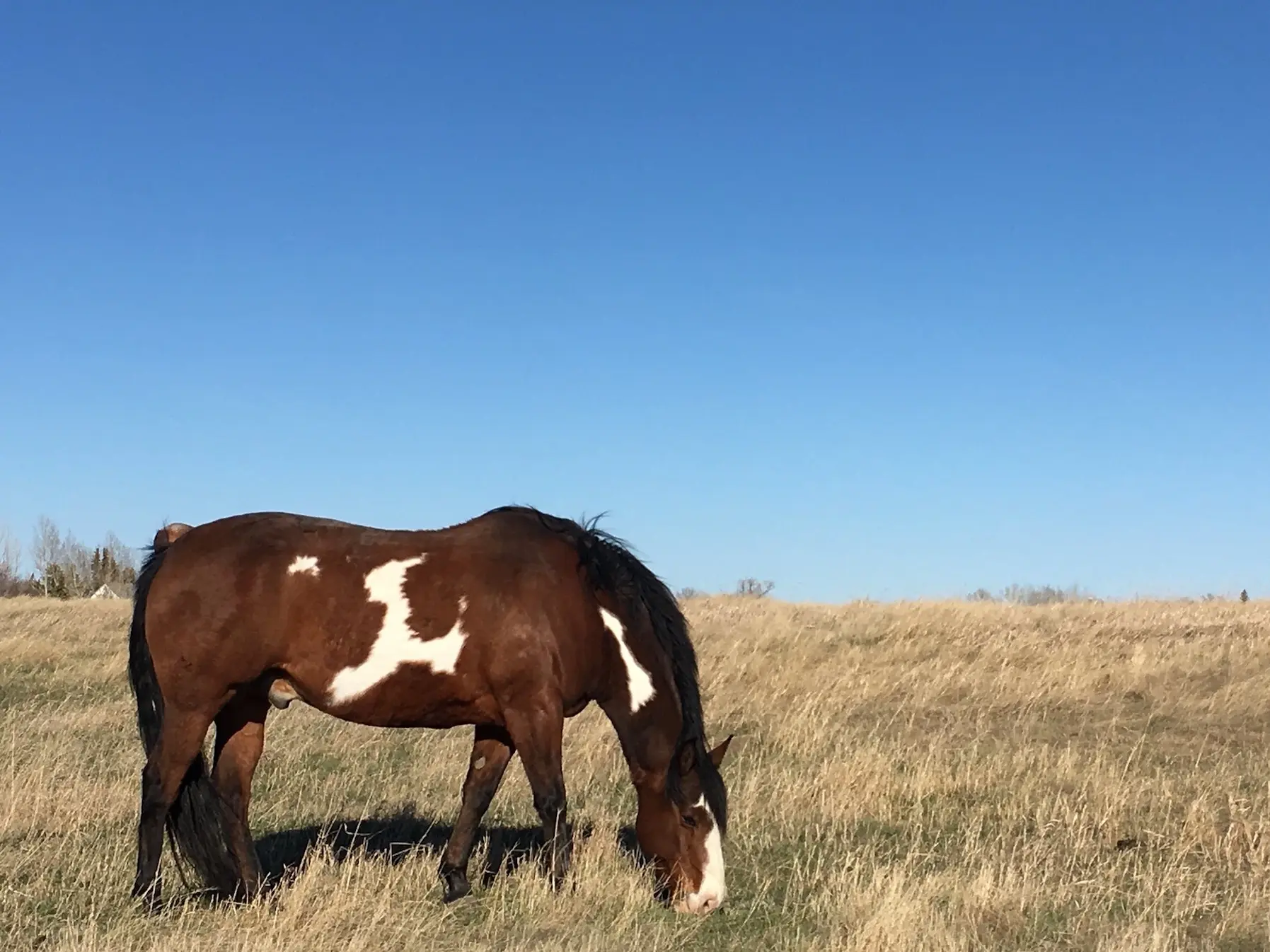
Jagged horizontal markings on neck and belly
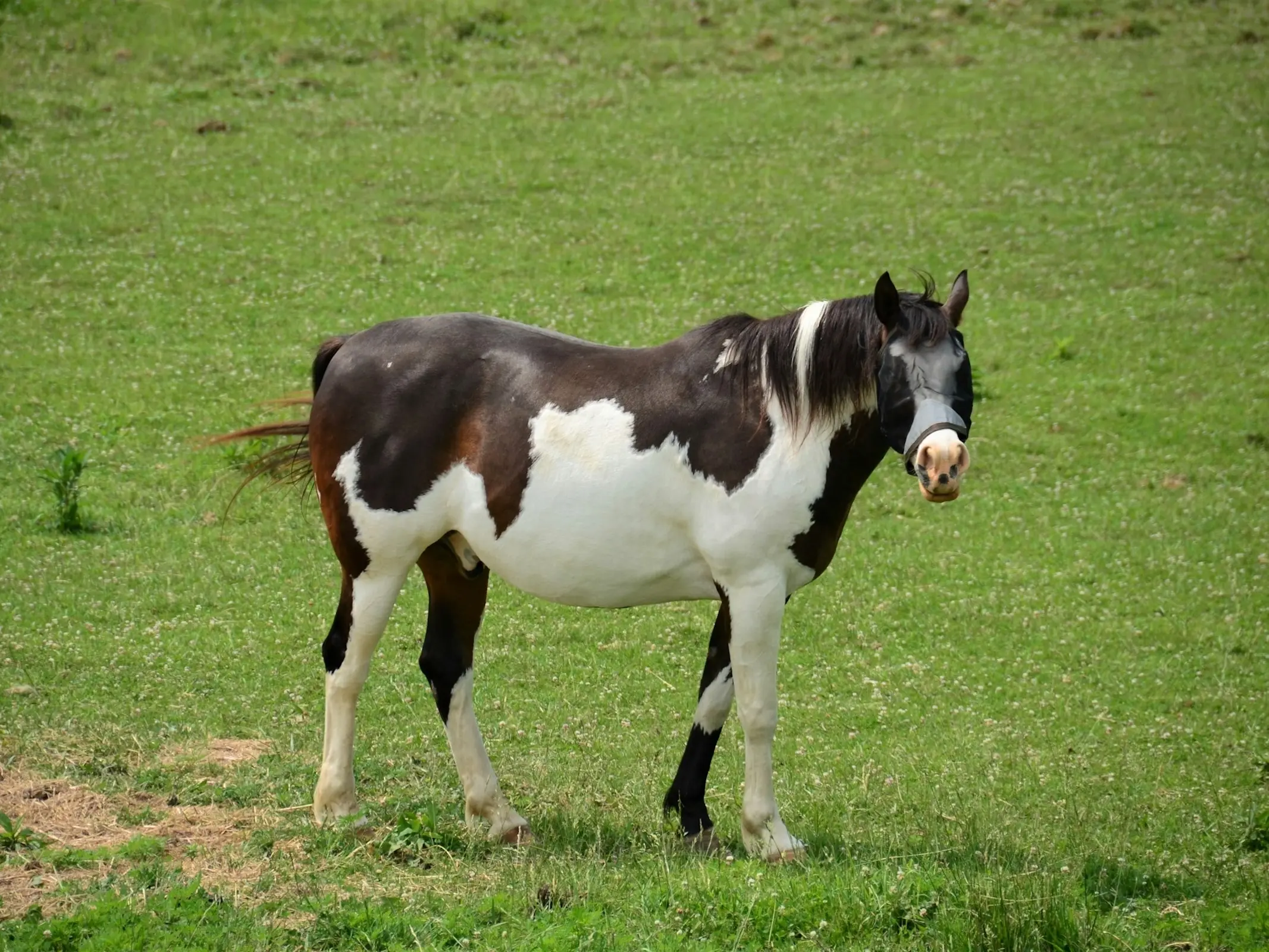
White doesn’t cross over topline
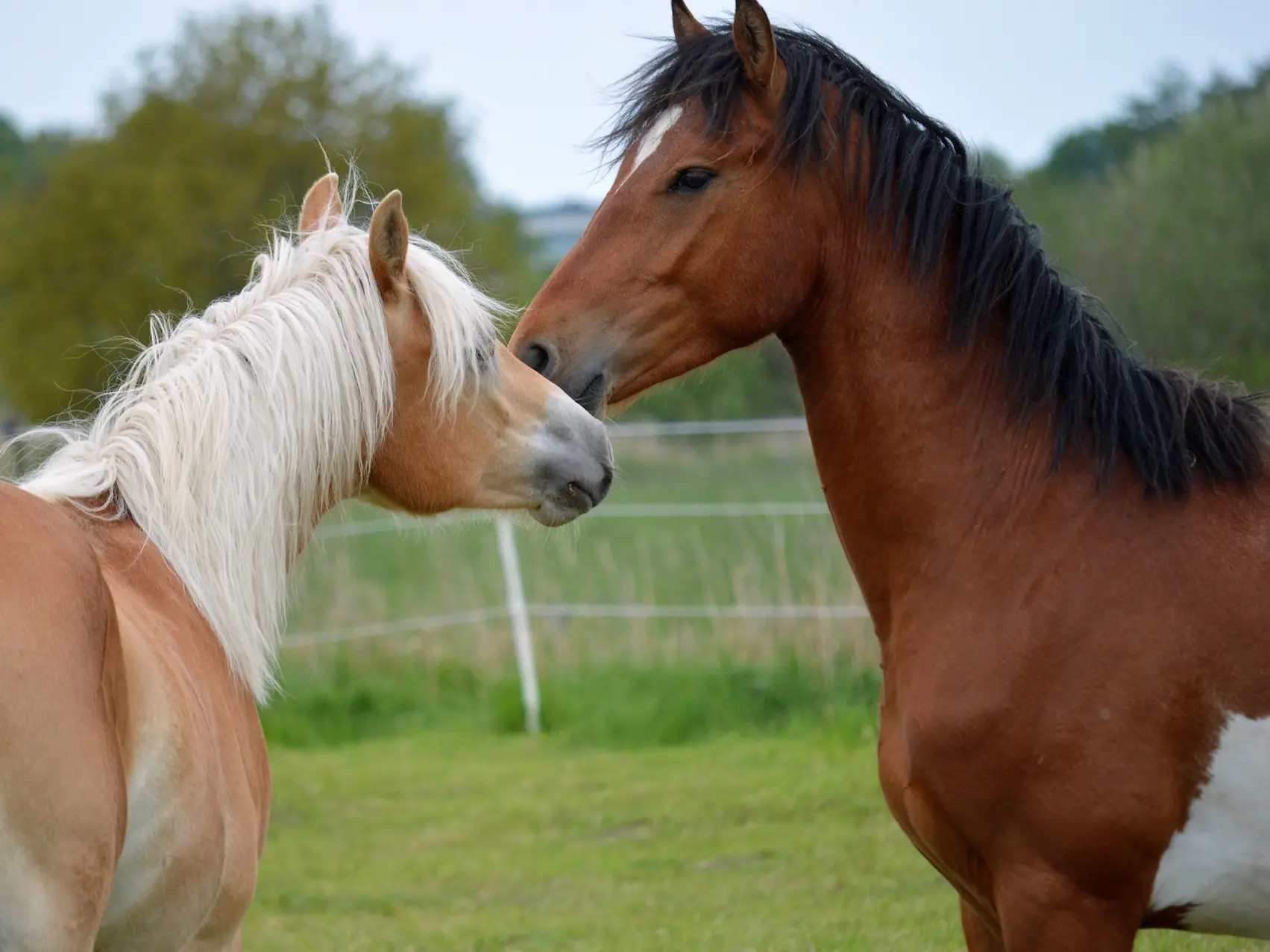
Solid colored mane
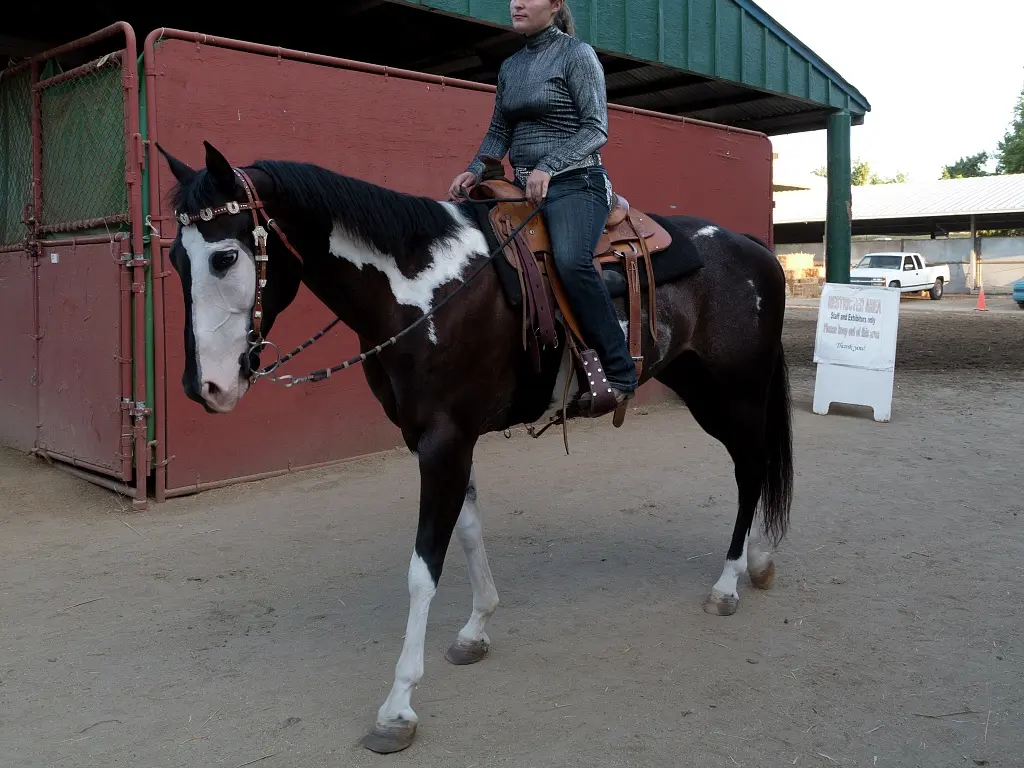
Large, irregular face markings
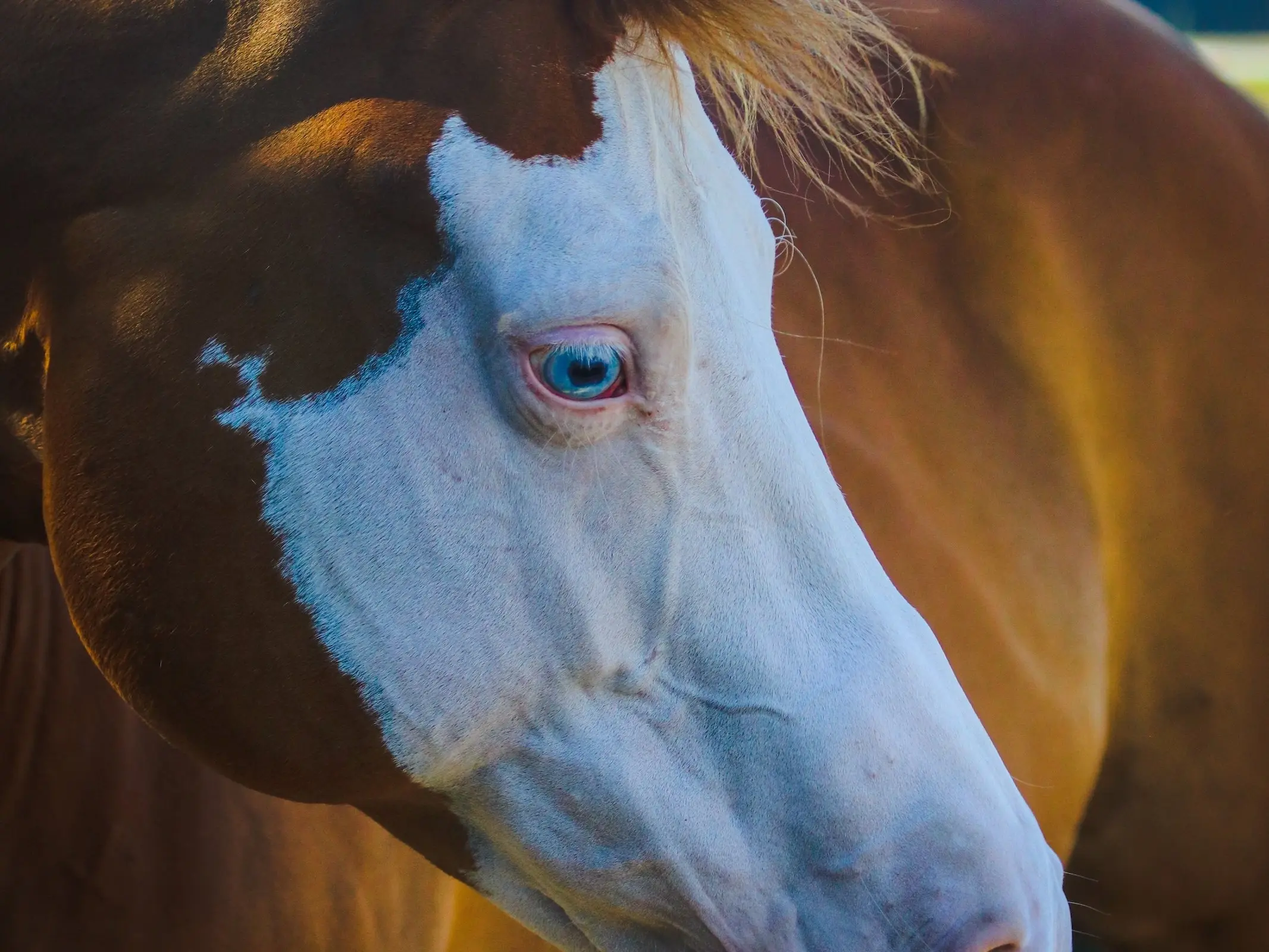
Blue eye if surrounded by a spot
Overo Range
The range of colors themselves are almost endless, as pintos come in almost any color equine genetics can produce. With pintos it’s all about the patterns, each one with their own unique characteristics that make them special. Today’s pattern is frame overo, named for their white spots surrounded by a frame of color. White spots are generally found on the neck, rib cage or face. The examples below cover a range of overo expression.
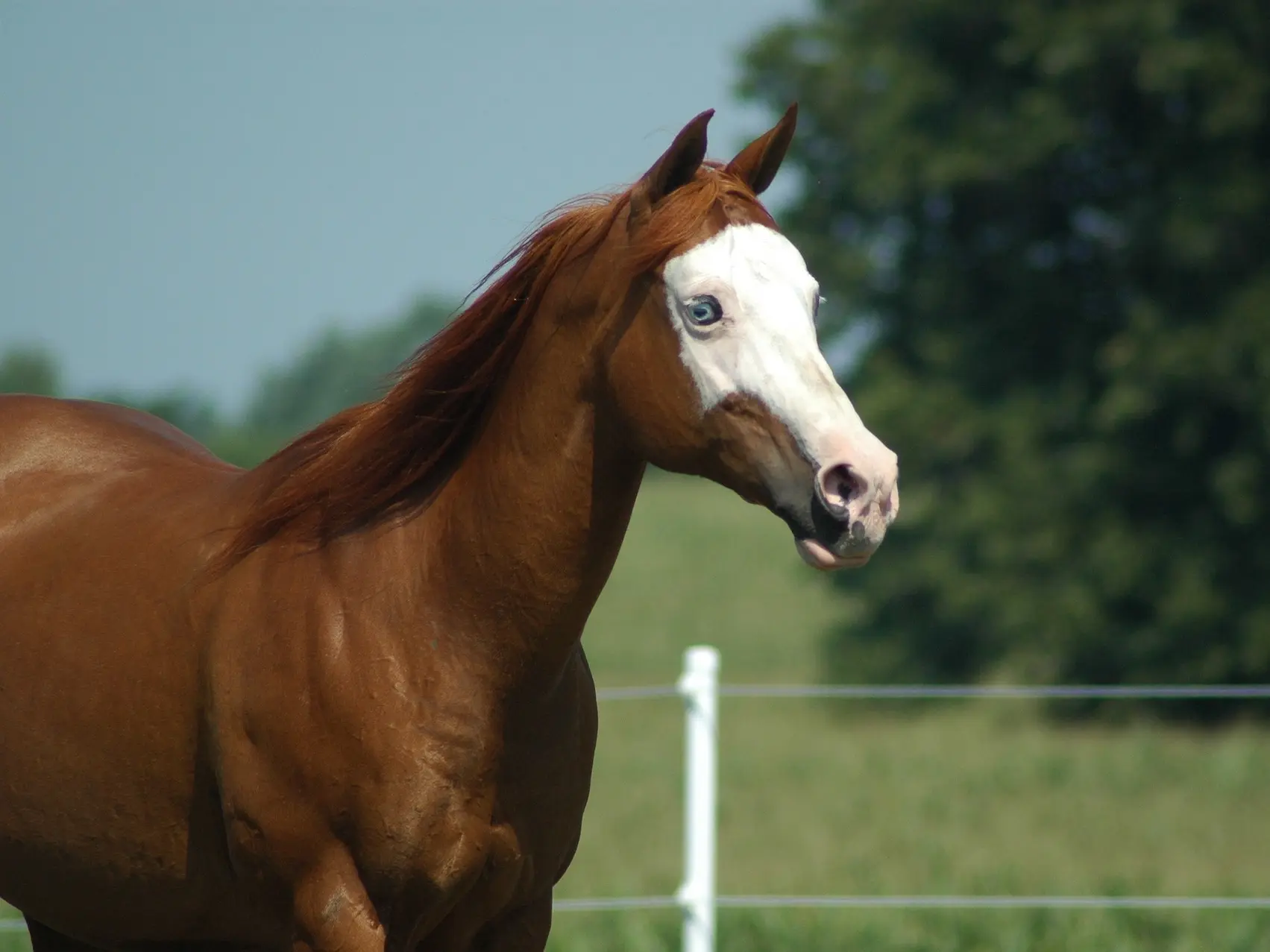
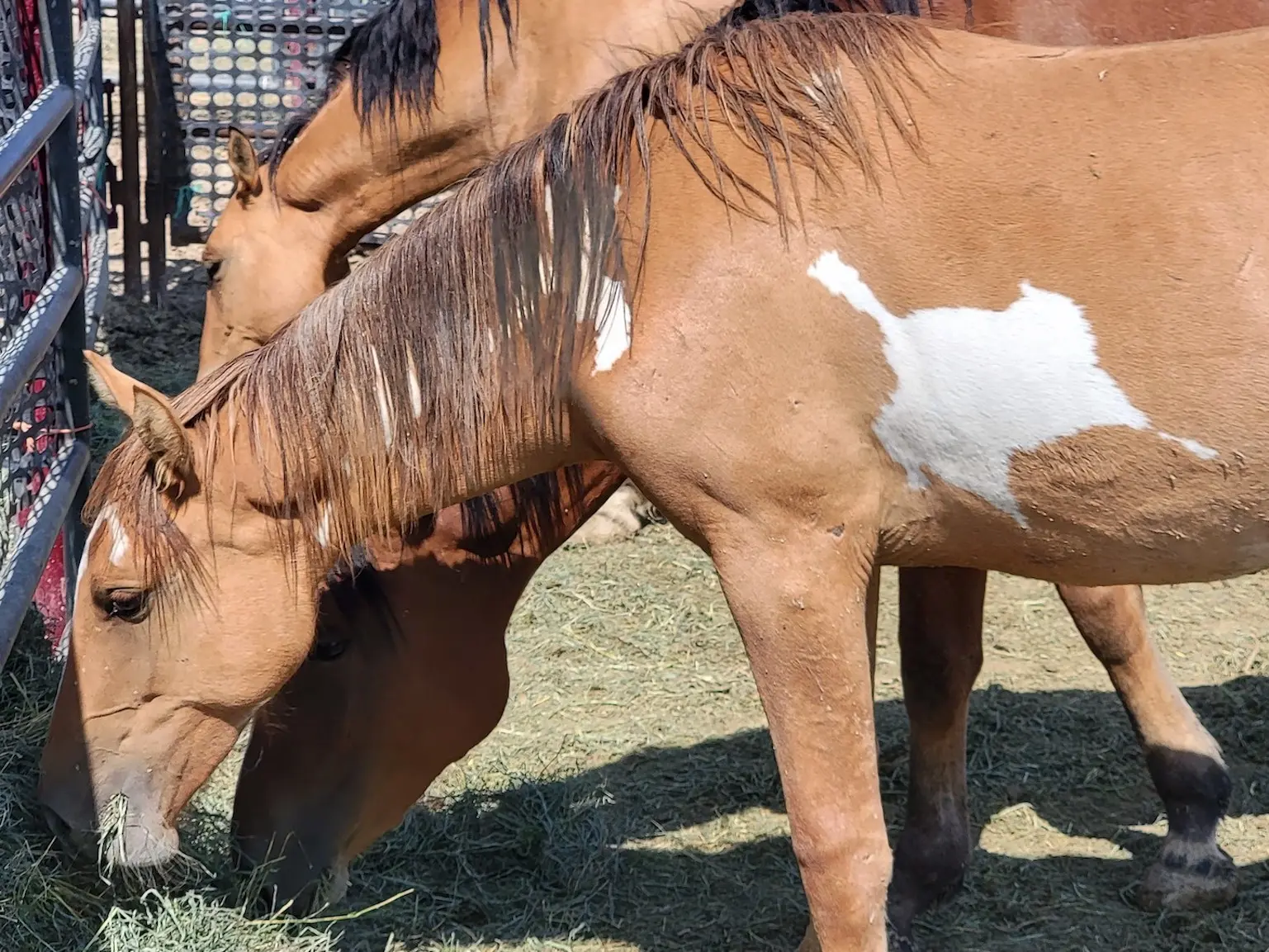
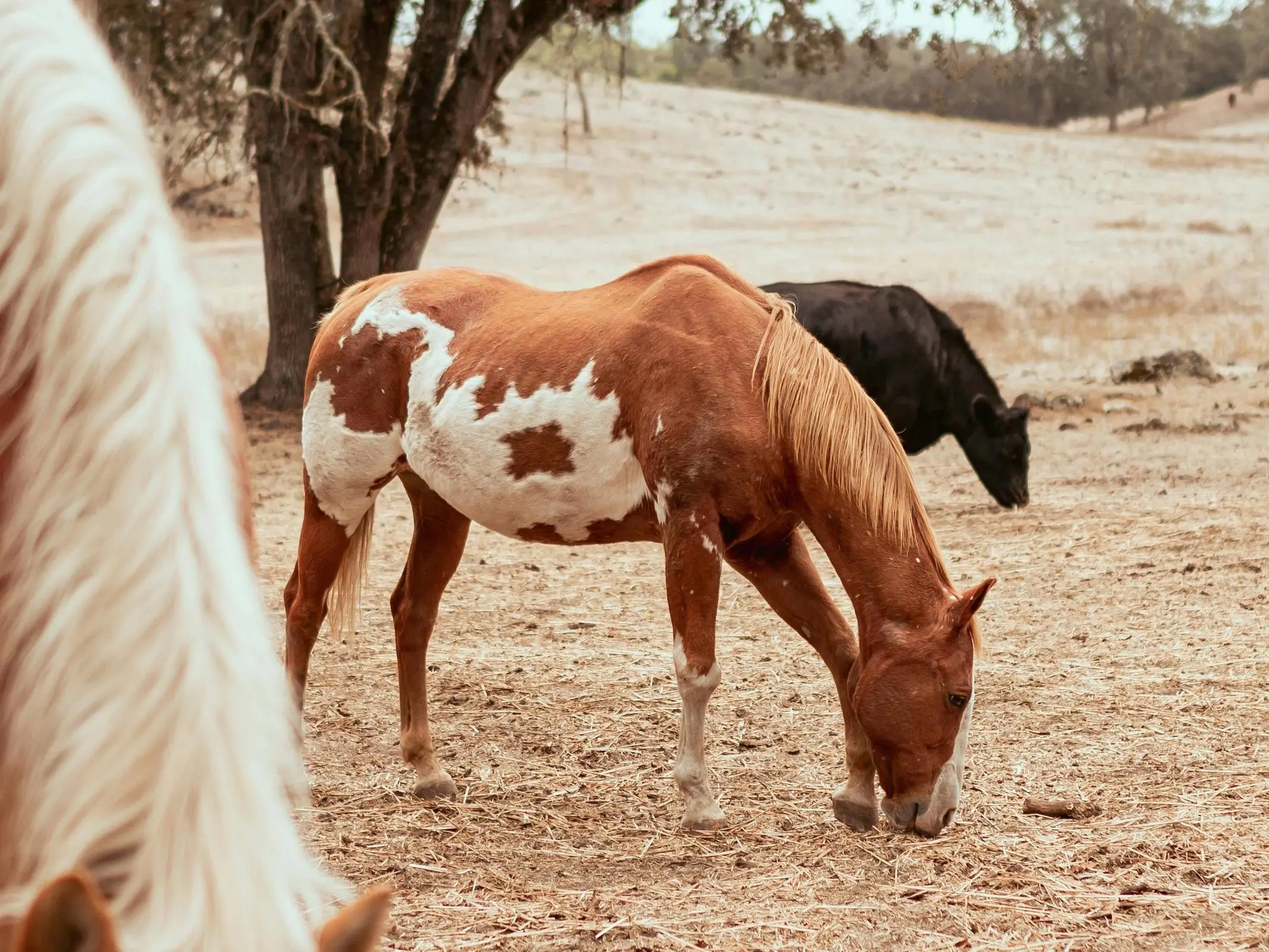
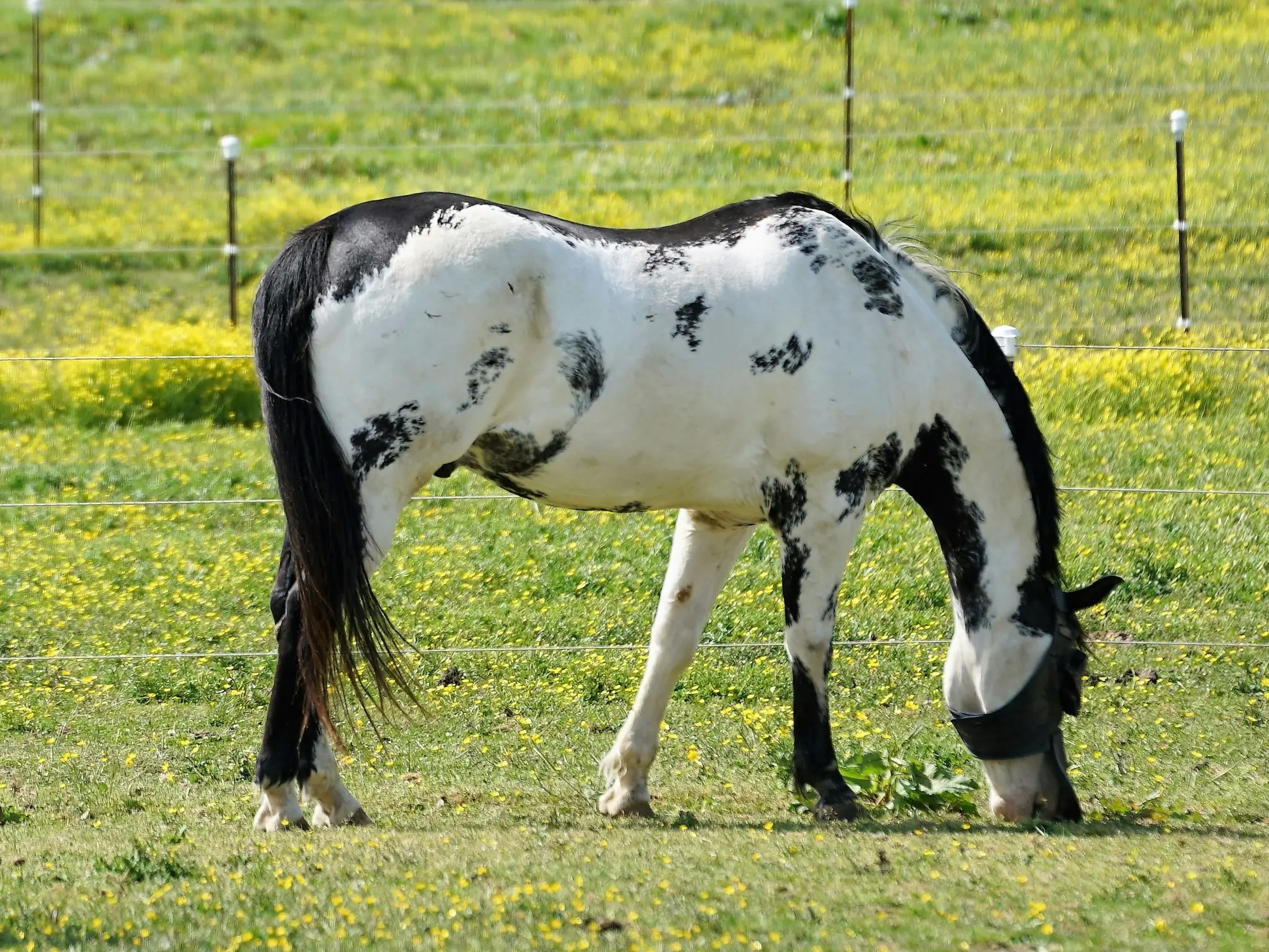
Pinto Breeds
Many breeds carry pinto patterns and they are commonly found in animals with Spanish lineage. The breeds below are bred specifically for their lovely spotted coats (not necessarily overo).
Colorful World
The world of horse colors is truly a spectacular one and we will continue to share updated color (and breed) pages, with all of their spectacular images. We’ve been working on some quick color cheat sheets for all of the horse color lovers out there. Click the image below for a larger version.
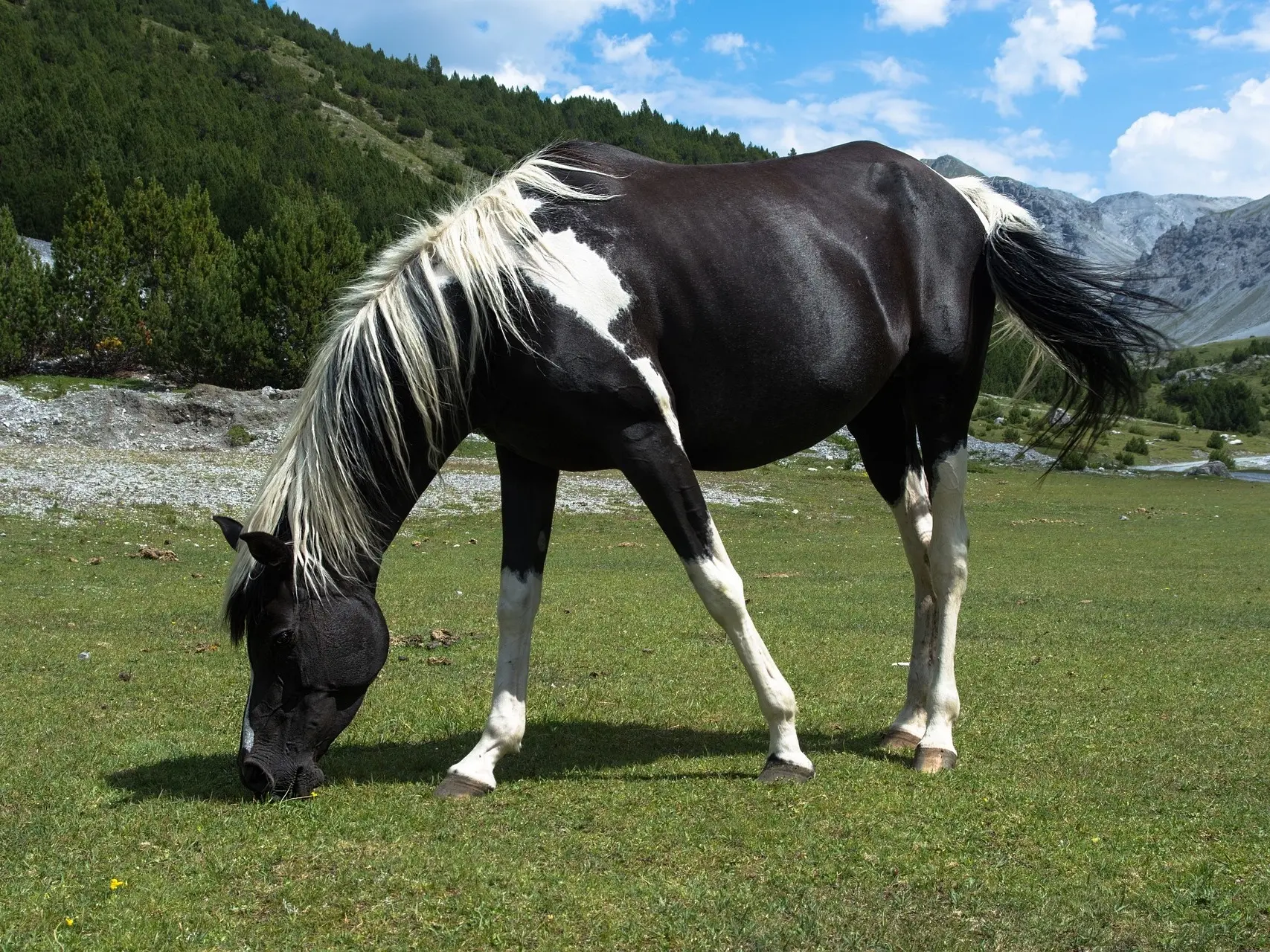 Piebald – Black
Piebald – Black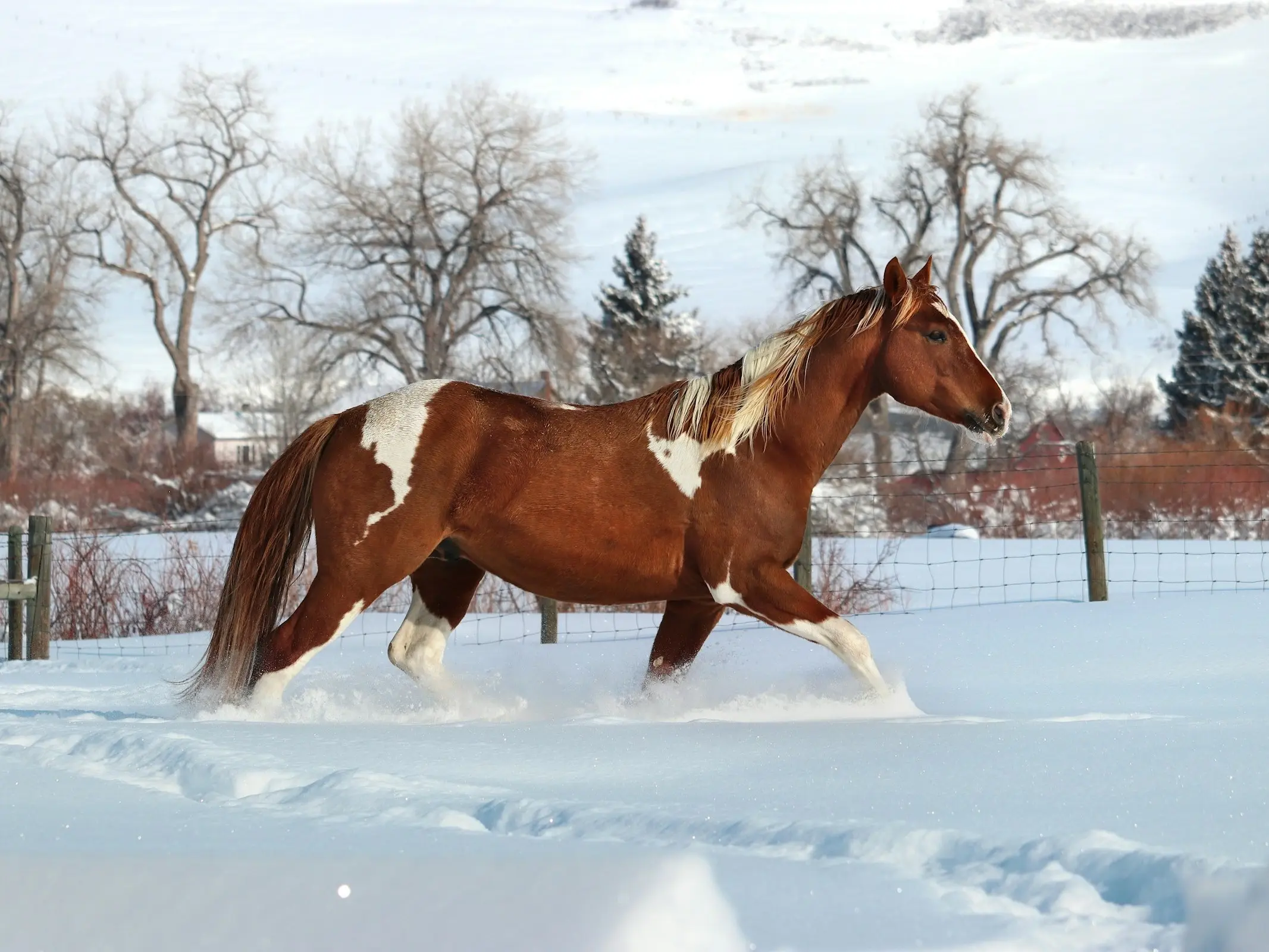 Skewbald – Chestnut
Skewbald – Chestnut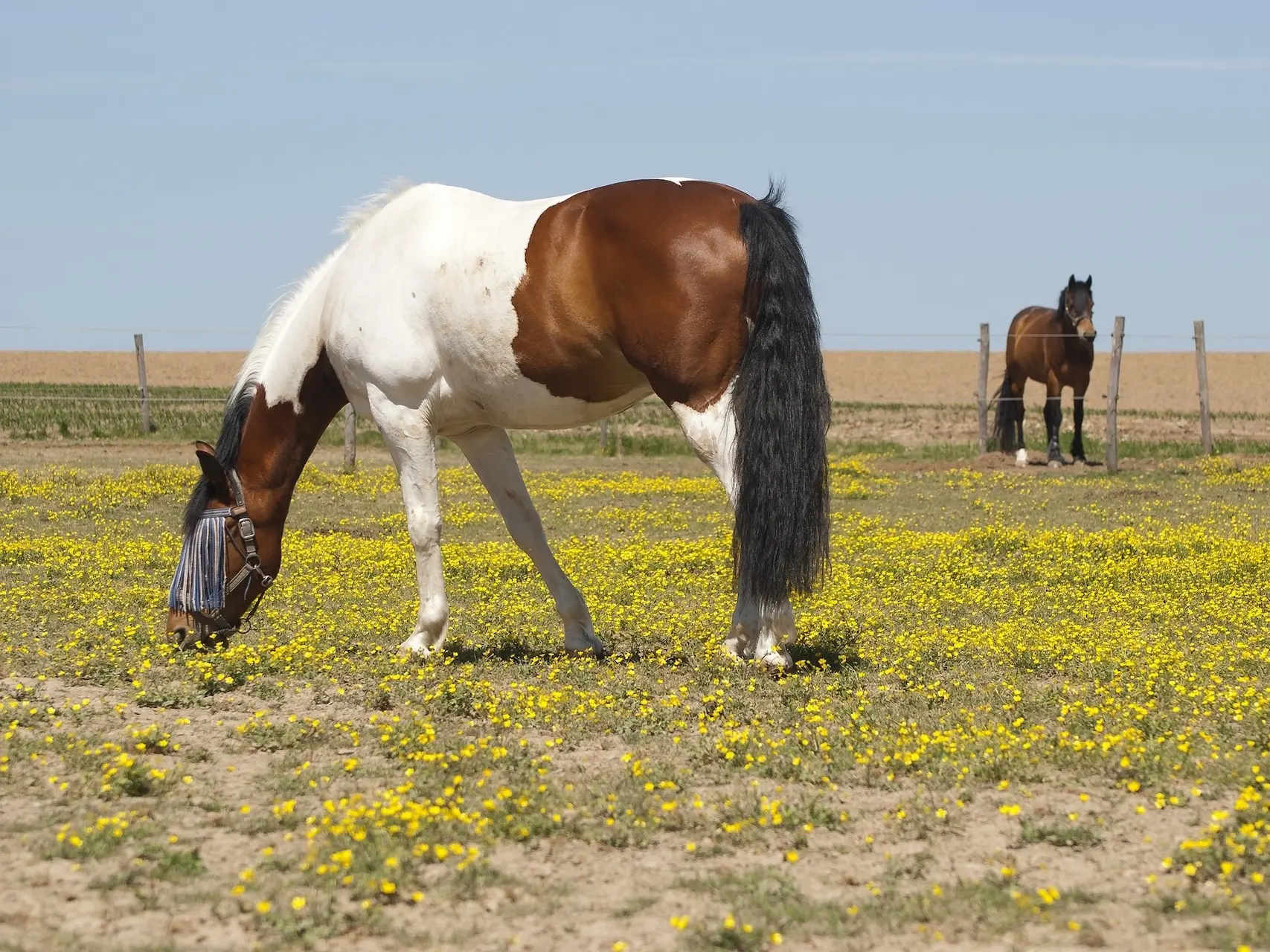 Tricolor – Bay and Brown
Tricolor – Bay and Brown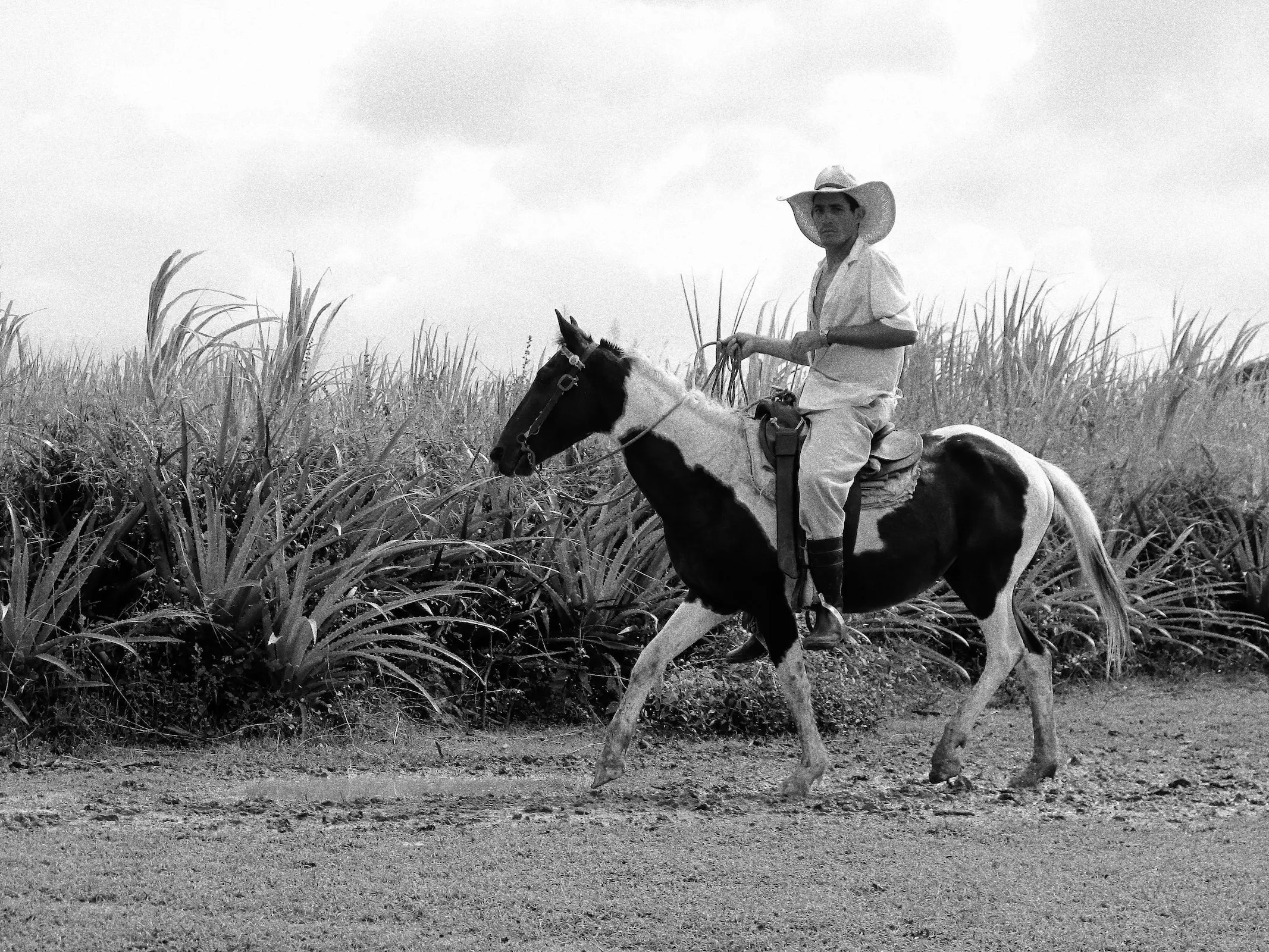 Cuban Pinto
Cuban Pinto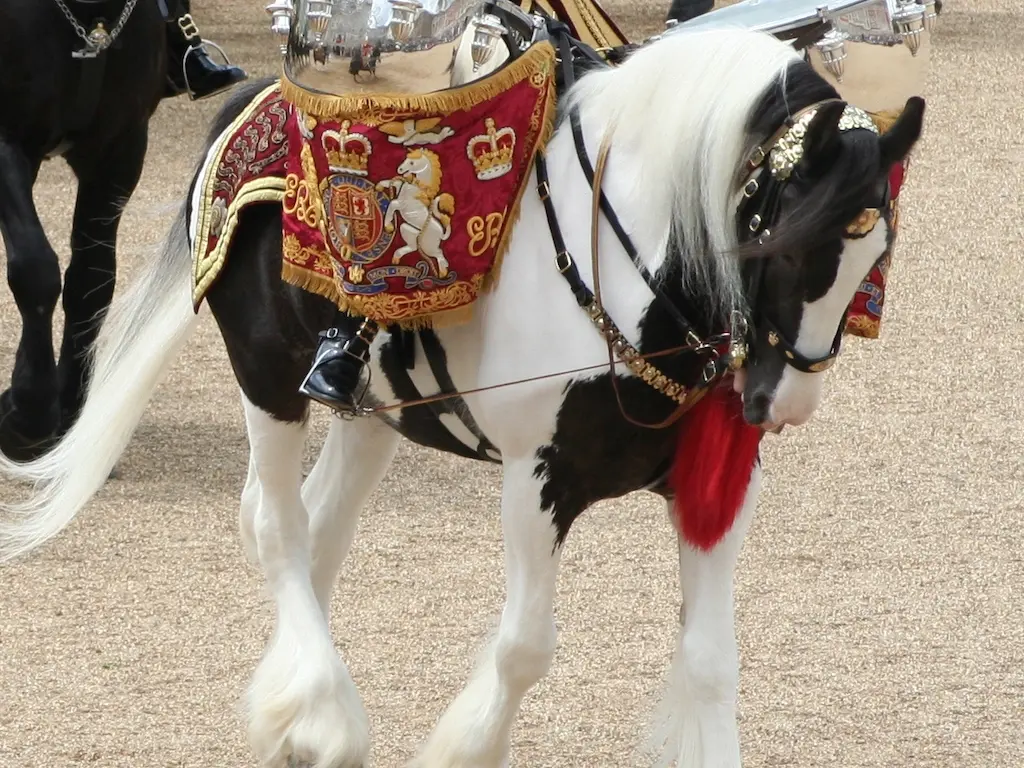 English Drum Horse
English Drum Horse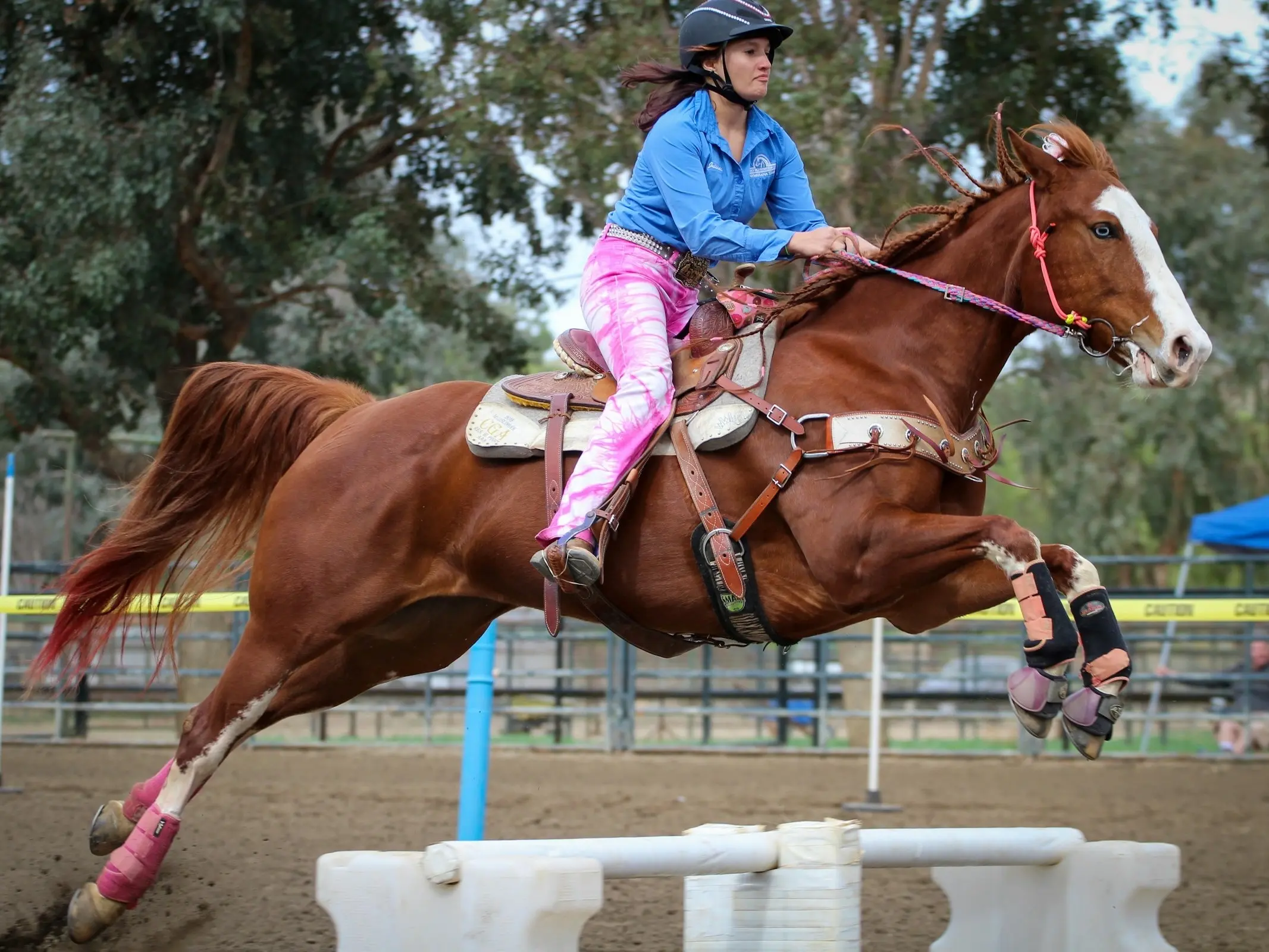 American Paint Horse
American Paint Horse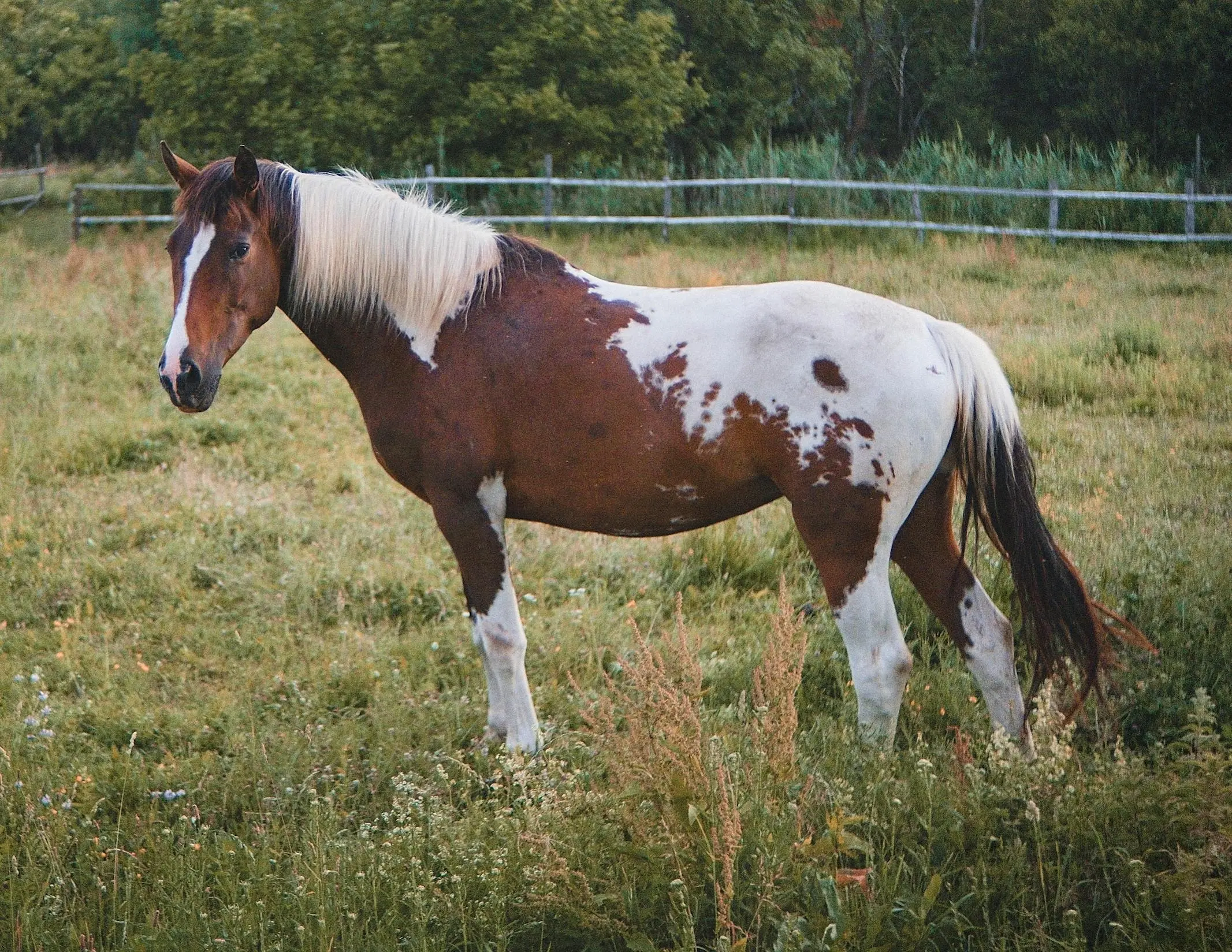 American Paint Pony
American Paint Pony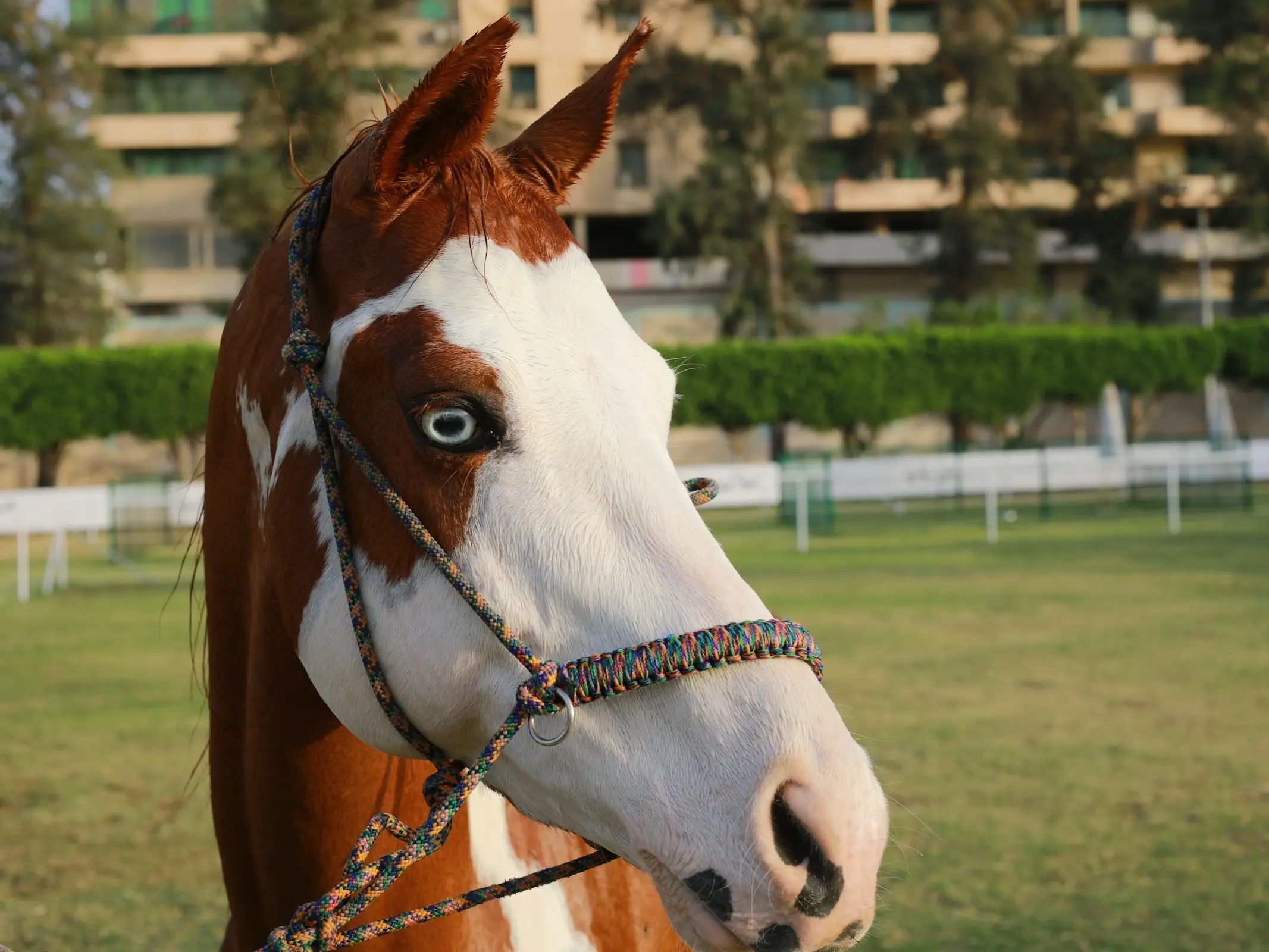 American Pintabian
American Pintabian American Spotted Paso
American Spotted Paso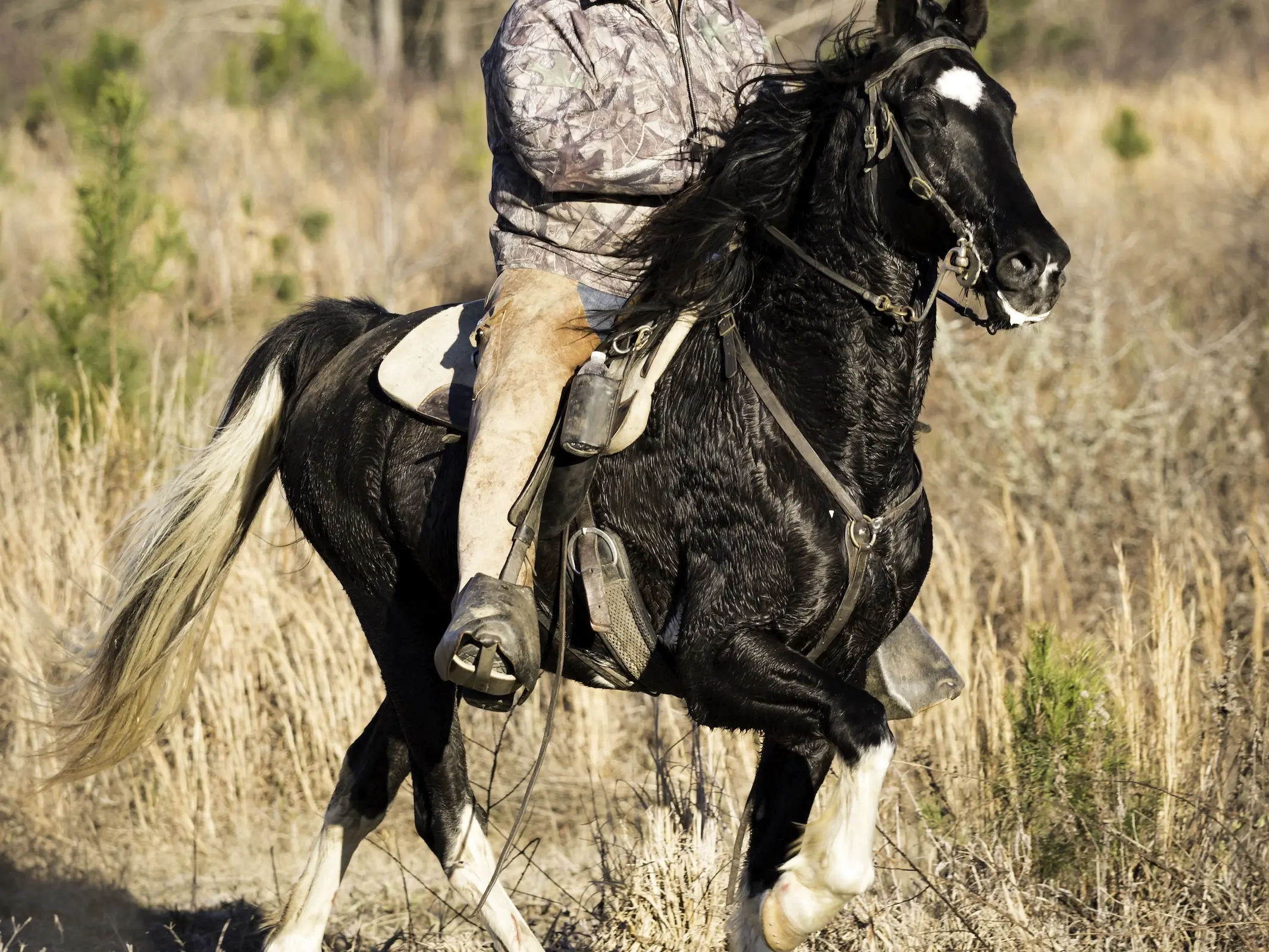 American Spotted Saddle Horse
American Spotted Saddle Horse